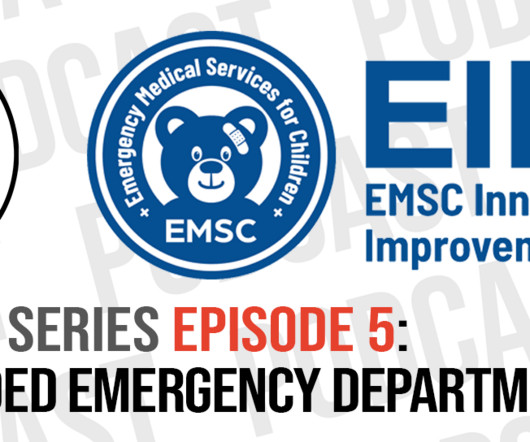Improving Care for Patients with a Non-English Language Preference (NELP)
EMDocs
AUGUST 22, 2024
13 Interventions may include: Ascertaining a patient’s preferred language early in the clinical encounter (during registration, for instance), and clearly documenting this preference in a place that is visible to all providers. Utilizing certified interpreters and documenting their use. Educating patients on their rights.












Let's personalize your content